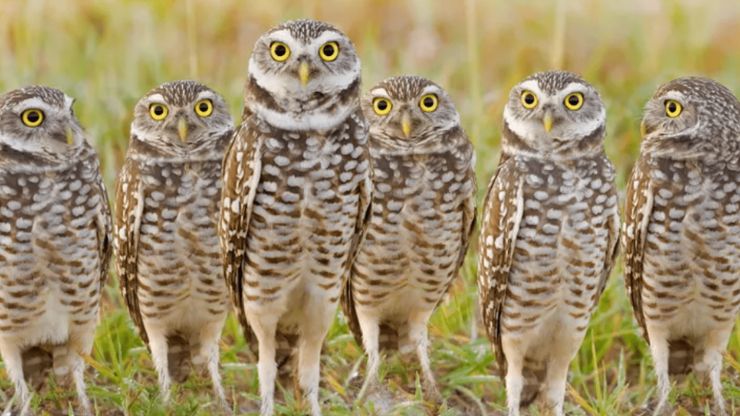Embark on a captivating journey into the mystical world of owls with our blog, “Unveiling 7 Incredibly Rare Types of Owls and Their Habitats.” Delve into the hidden realms of these majestic creatures, each boasting unique characteristics and elusive habitats. As we unravel the secrets of seven rare owl species, you’ll gain a deeper appreciation for their importance in ecosystems and the delicate balance of nature. Join us as we shine a spotlight on these extraordinary birds, exploring their fascinating features and the enchanting landscapes they call home.
Table of Contents
Toggle7 Incredibly Rare Types of Owls and Their Habitats
Northern Saw-whet Owl (Aegolius acadicus)

The Northern Saw-whet Owl, a petite species measuring around 7-8 inches, calls North America’s vast coniferous and mixed woodlands home. This captivating owl, distinguished by its saw-like call resembling the sharpening of a saw, remains elusive due to its small size and cryptic plumage. These enchanting birds favor habitats with dense vegetation, providing ample roosting spots and cover for their hunting escapades.
Conservation initiatives for the Northern Saw-whet Owl primarily revolve around preserving these crucial wooded environments. The ongoing efforts aim to maintain healthy populations and ensure the delicate balance within ecosystems, acknowledging the significance of these owls in controlling rodent populations and supporting biodiversity.
Also Read: Top 10 Vegetarian Animals
Blakiston’s Fish Owl (Bubo blakistoni)
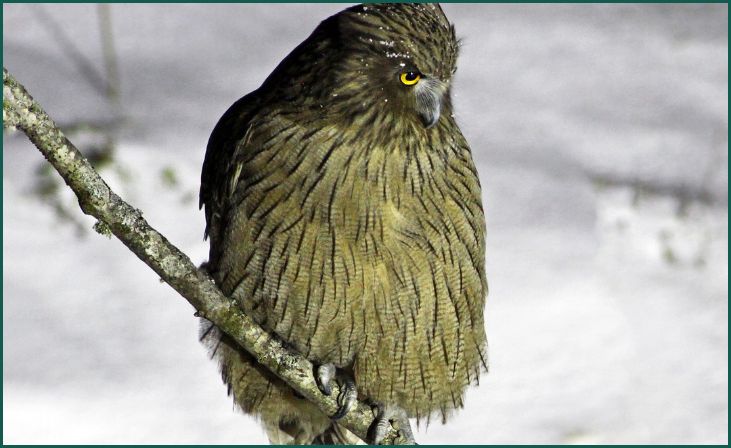
Among the largest owl species globally, the Blakiston’s Fish Owl inhabits the riparian forests of Russia, Japan, China, and North Korea. With a wingspan exceeding six feet, these majestic owls rely heavily on freshwater ecosystems, favoring habitats near large rivers and lakes.
Their primary diet consists of fish, making them a crucial indicator species for the health of riparian environments. Conservation initiatives for the Blakiston’s Fish Owl prioritize the protection and restoration of these habitats, aiming to sustain not only the owl populations but also the overall health of the interconnected ecosystems they inhabit.
Elf Owl (Micrathene whitneyi)

The Elf Owl, holding the title of the world’s smallest owl at a mere 5-6 inches, is native to the southwestern United States and Mexico. These diminutive owls thrive in arid regions, particularly favoring saguaro cacti habitats. Nesting in woodpecker holes or cavities within saguaros, Elf Owls have adapted to the unique challenges of desert life.
Conservation efforts for Elf Owls concentrate on preserving these distinctive desert ecosystems. Urbanization and climate change pose threats to their habitats, making it essential to ensure the continued existence of these enchanting creatures in their specialized environments.
Spectacled Owl (Pulsatrix perspicillata)
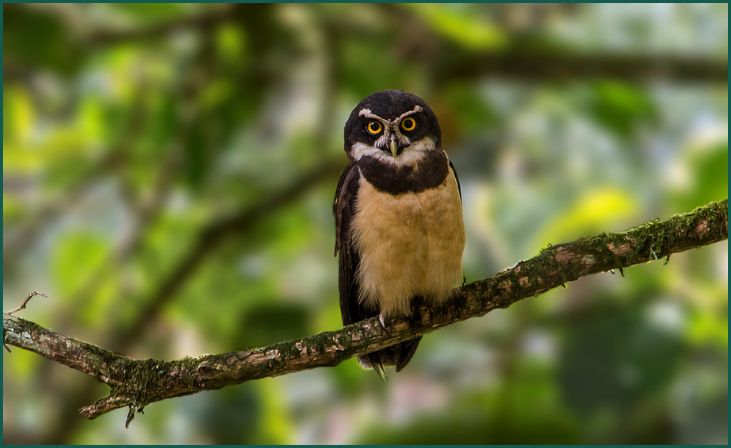
Inhabiting the rainforests of Central and South America, the Spectacled Owl derives its name from distinctive facial markings resembling glasses. With a wingspan of over three feet, these nocturnal hunters thrive in dense, lowland forests and foothill regions. These habitats provide them with abundant prey and suitable roosting sites.
Don't just scroll, subscribe!
BuzzTrail's unique web-stories are the cure for boredom you've been waiting for.
The Spectacled Owl faces threats from deforestation, making the preservation of its habitats crucial. Conservation initiatives focus on protecting these rich ecosystems, ensuring the sustained existence of this striking owl species and maintaining the delicate ecological balance within the diverse rainforest environments they call home.
Snowy Owl (Bubo scandiacus)

The Snowy Owl, recognizable by its stunning white plumage, is native to the Arctic tundra regions of North America and Eurasia. Adapted to cold climates, these owls breed in open, treeless expanses, making the Arctic tundra their breeding ground. During winter, some Snowy Owls migrate to more temperate regions, providing opportunities for increased visibility.
Conservation efforts for Snowy Owls focus on safeguarding their Arctic breeding grounds, where climate change poses significant challenges. Monitoring and protecting these vast, remote habitats are essential for preserving the Snowy Owl’s unique lifestyle and ensuring their survival in the face of environmental changes.
Forest Owlet (Heteroglaux blewitti)
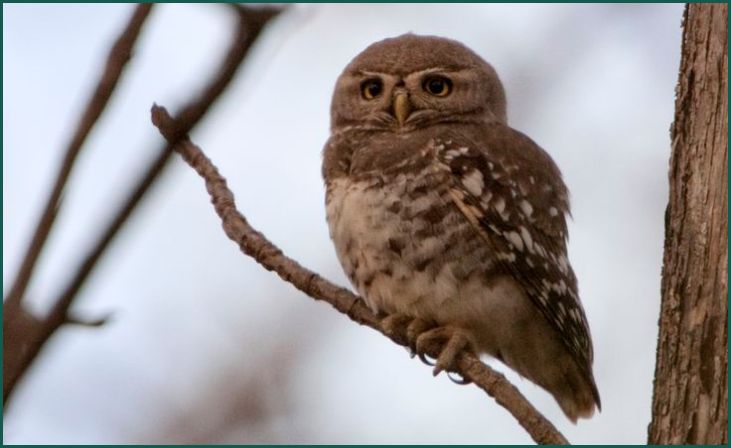
The critically endangered Forest Owlet, once thought to be extinct, was rediscovered in central India. Thriving in dense, moist deciduous forests and bamboo thickets, this elusive owl faces severe threats from deforestation and habitat degradation. Conservation initiatives for the Forest Owlet center on habitat restoration and protection.
Engaging local communities in sustainable practices is crucial for the survival of this rare species. The Forest Owlet serves as a flagship species, drawing attention to the importance of preserving its unique and fragile ecosystems, highlighting the delicate balance between human activities and the conservation of biodiversity in these critical habitats.
Also Read: The 10 Most Friendly Wild Animals in the World
Philippine Eagle-Owl (Bubo philippensis)
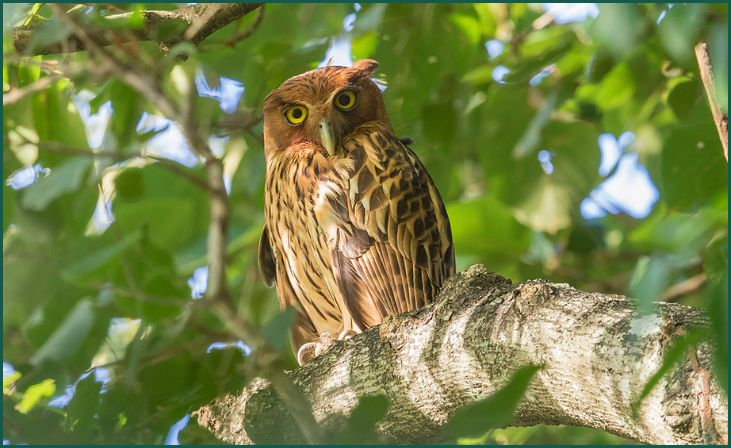
Endemic to the Philippines, the Philippine Eagle-Owl resides in primary and secondary forests across the archipelago. With a wingspan of up to two feet, it is the largest owl species in the country. Threatened by habitat loss and hunting, these owls are a conservation priority.
Preservation efforts for the Philippine Eagle-Owl focus on safeguarding their diverse forest habitats through reforestation and community education. The owl’s status as a flagship species underscores its role in broader biodiversity conservation in the Philippines, emphasizing the importance of protecting the unique island ecosystems that support this magnificent owl and the myriad of other species that share its habitat.
Conclusion
Our exploration of the seven incredibly rare owl types and their habitats unveils the extraordinary diversity within the avian world. From the elusive Snowy Owl to the mysterious Elf Owl, each species offers a glimpse into the wonders of nature. As we conclude this journey, let the newfound knowledge inspire a commitment to wildlife conservation. By understanding and appreciating these majestic creatures and their habitats, we can contribute to the preservation of our planet’s rich biodiversity.
FAQs
Are all rare owl species endangered?
Are all rare owl species endangered?
While some rare owl species face threats due to habitat loss and environmental changes, not all are classified as endangered. Conservation efforts play a crucial role in protecting these magnificent birds and ensuring their survival.
Can I attract rare owls to my backyard?
Can I attract rare owls to my backyard?
Attracting rare owls to your backyard requires careful consideration of their specific habitat needs. Consult local wildlife experts for guidance on creating a suitable environment, such as providing nesting boxes and preserving natural vegetation.

